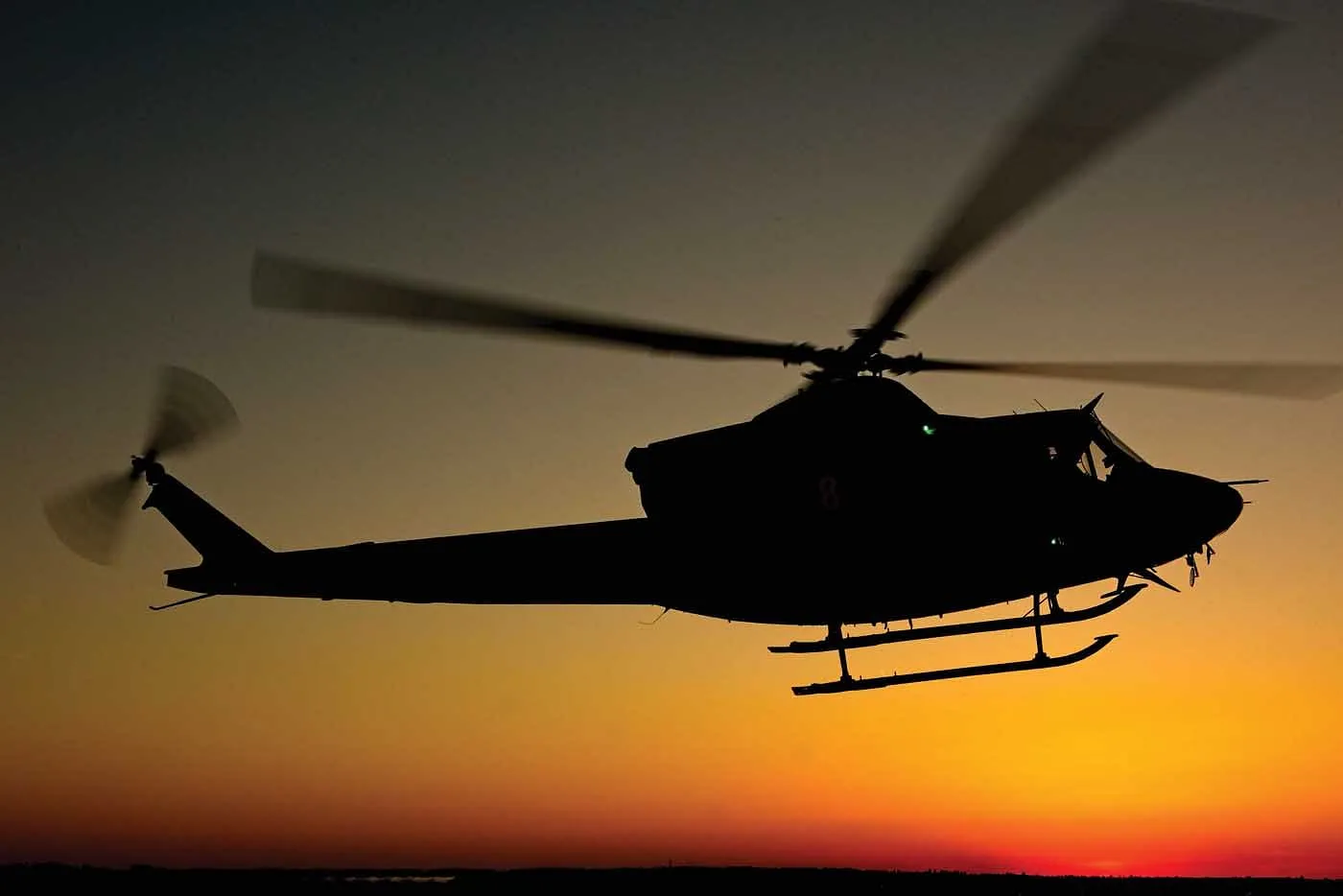NASA’s experimental helicopter Ingenuity rose into the thin air above the dusty red surface of Mars on Monday, achieving the first powered flight by an aircraft on another planet.
The triumph was hailed as a Wright Brothers moment. The mini 4-pound (1.8-kilogram) copter even carried a bit of wing fabric from the 1903 Wright Flyer, which made similar history at Kitty Hawk, North Carolina.
“Altimeter data confirms that Ingenuity has performed its first flight, the first flight of a powered aircraft on another planet,” said the helicopter’s chief pilot back on Earth, Havard Grip, his voice breaking as his teammates erupted in applause.
It was a brief hop — just 39 seconds — but accomplished all the major milestones.
Project manager MiMiAung was jubilant as she ripped up the papers holding the plan in case the flight had failed. “We’ve been talking so long about our Wright Brothers moment, and here it is,” she said.
Flight controllers at NASA’s Jet Propulsion Laboratory in California declared success after receiving the data and images via the Perseverance rover, which stood watch more than 200 feet (65 meters) away. Ingenuity hitched a ride to Mars on Perseverance, clinging to the rover’s belly upon their arrival in an ancient river delta in February.
The USD 85 million helicopter demo was considered high risk, yet high reward. “Each world gets only one first flight,” Aung observed earlier this month.
Ground controllers had to wait more than three excruciating hours before learning whether the pre-programmed flight had succeeded more than 170 million miles (287 million kilometers) away. Adding to their anxiety: A software error prevented the helicopter from lifting off a week earlier and had engineers scrambling to come up with a fix.
To accomplish all this, the helicopter’s twin, counter-rotating rotor blades needed to spin at 2,500 revolutions per minute — five times faster than on Earth.
With an atmosphere just 1 per cent the thickness of Earth’s, engineers had to build a helicopter light enough — with blades spinning fast enough — to generate this otherworldy lift. At the same time, it had to be sturdy enough to withstand the Martian wind and extreme cold.
More than six years in the making, Ingenuity is a barebones 19 inches (49 centimeters) tall, a spindly four-legged chopper.
Its fuselage, containing all the batteries, heaters and sensors, is the size of a tissue box. The carbon-fiber, foam-filled rotors are the biggest pieces: Each pair stretches 4 feet (1.2 meters) tip to tip.
The helicopter is topped with a solar panel for recharging the batteries, crucial for its survival during the minus-130 degree Fahrenheit (minus-90 degree-Celsius) Martian nights.
NASA chose a flat, relatively rock-free patch for Ingenuity’s airfield, measuring 33 feet by 33 feet (10 meters by 10 meters). It turned out to be less than 100 feet (30 meters) from the original landing site in Jezero Crater.
The helicopter was released from the rover onto the airfield on April 3. Flight commands were sent Sunday, after controllers sent up a software correction for the rotor blade spin-up.
Following Monday’s success, NASA named the Martian airfield “Wright Brothers Field.” “While these two iconic moments in aviation history may be separated by time and 173 million miles of space, they now will forever be linked,” NASA’s science missions chief Thomas Zurbuchen announced.
The little chopper with a giant job attracted attention from around the world, from the moment it launched with Perseverance last July. Even Arnold Schwarzenegger joined in the fun, rooting for Ingenuity over the weekend via Twitter. “Get to the chopper!” he shouted, re-enacting a line from his 1987 sci-fi film “Predator.”






